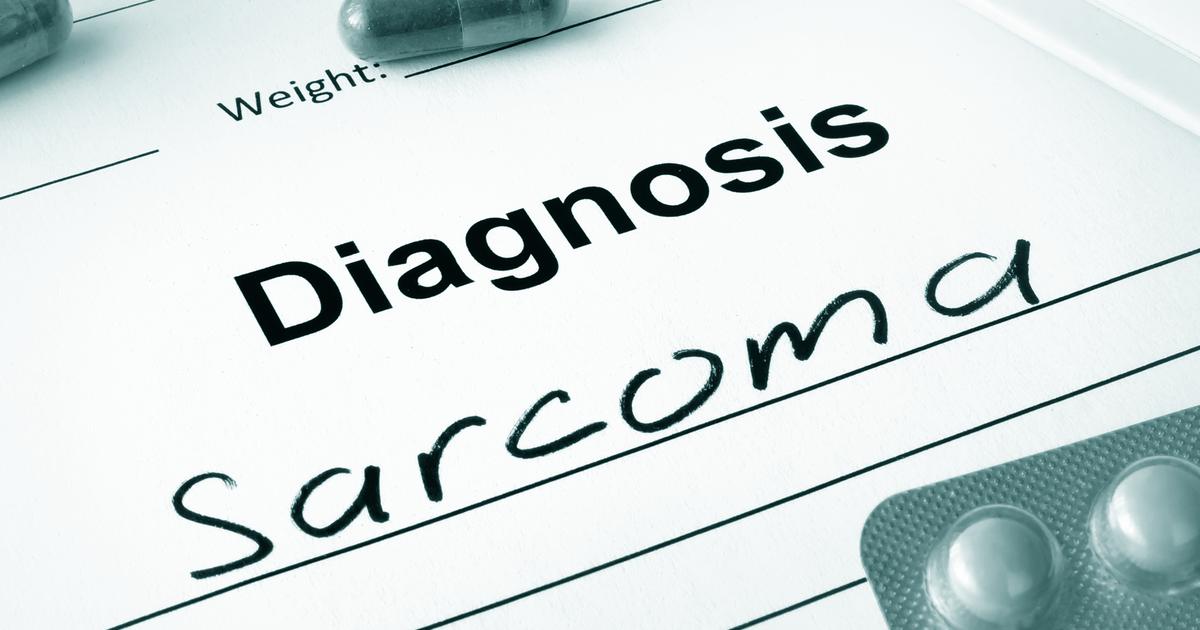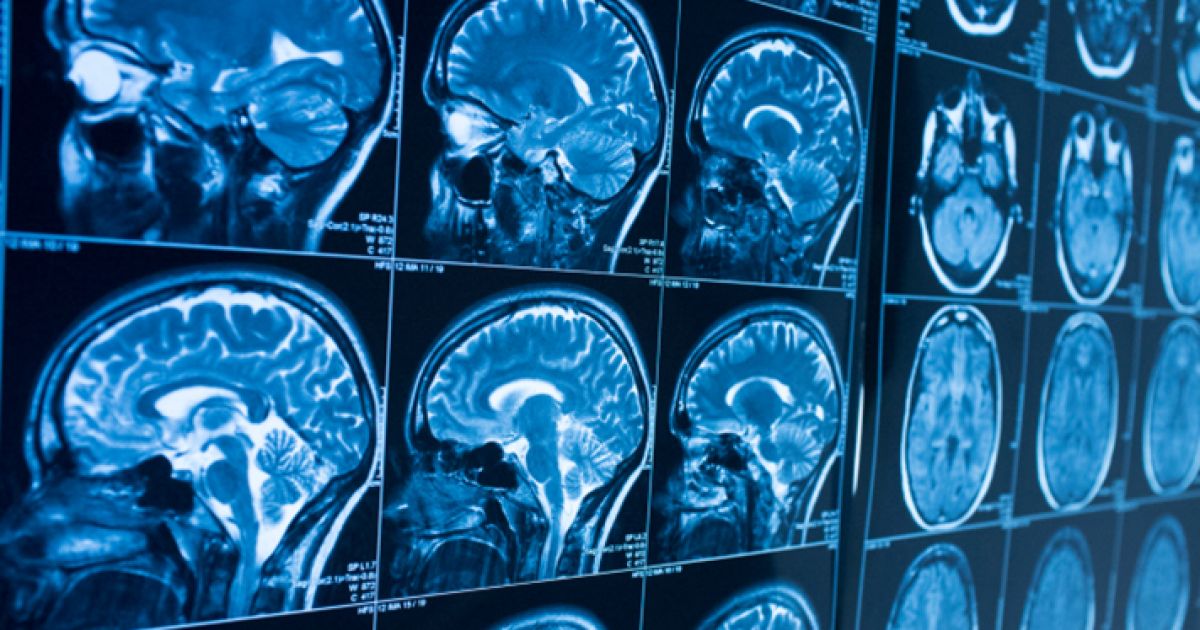Most Common Types Of Cancer Found In Li-Fraumeni Syndrome
Li-Fraumeni syndrome is a disorder that causes an individual's risk of developing certain types of cancers to be significantly greater than the general population. Specific mutations an affected individual inherits from their parents are implicated in the development of Li-Fraumeni syndrome. The mutations that cause Li-Fraumeni syndrome occur on the TP53 gene and CHEK2, which are both tumor suppressor genes.
The average chance of a Li-Fraumeni syndrome patient to develop any form of cancer is ninety percent. Around half of all cancers that develop in these patients are diagnosed before the third decade of life. There is no cure for Li-Fraumeni syndrome and no symptoms aside from the increased development of cancer. Treatment is based around diligent screening protocols that increase the chances of early detection of cancer.
Soft-Tissue Sarcoma

Soft-tissue sarcoma is a form of cancer that originates in the connective tissues. The connective tissues include those that attach, surround, and support other structures in the body. The lining of the joints, fat, nerves, tendons, muscle, and blood vessels are all considered connective tissues. Over half of all Li-Fraumeni precipitated soft-tissue sarcomas develop in a patient's legs and arms. Only thirty-three percent of soft-tissue sarcomas originate in an affected individual's trunk.
Around twenty different forms of soft-tissue sarcomas have been identified. Some of the most common types of soft-tissue sarcoma that occur in individuals with Li-Fraumeni syndrome include rhabdomyosarcoma, liposarcoma, synovial sarcoma, angiosarcoma, leiomyosarcoma, and fibrosarcoma. Symptoms of a soft-tissue sarcoma include an abnormal lump in the body, problems with urinating, constipation, headache, nausea, a painful joint, or bulging eye.
Osteosarcoma

Osteosarcoma is a form of malignancy that develops in the bone-forming cells of the body. The long bones are most affected by osteosarcoma, including the long bones in the arms and legs. Individuals who have Li-Fraumeni syndrome precipitated osteosarcoma experience symptoms that include joint pain, bone swelling, joint swelling, bone pain, and bone injury or fracture with little to no impact. Osteosarcoma can metastasize to other tissues in the affected individual's body, which makes treatment challenging.
Osteosarcoma is diagnosed with the use of x-rays, MRI scans, CT scans, bone scan, bone needle biopsy, and surgical bone biopsy. This type of tumor is treated with radiation therapy, chemotherapy, and surgery. Many patients undergo chemotherapy before having surgery to remove their osteosarcoma. Surgical procedures to remove osteosarcoma may involve the amputation of the limb, installation of a metal implant, or installation of an allograft to retain the appearance and functionality of the limb.
Acute Leukemia

Li-Fraumeni syndrome patients are at a higher risk of developing a type of blood cancer referred to as acute leukemia. When a mutation occurs in the DNA of cells in an individual's bone marrow that causes them to grow and multiply out of control, it is called leukemia. Acute leukemia is a type of leukemia that spreads and grows rapidly without appropriate treatment. Recurring infections, low white blood cell counts, pale skin, fever, joint aches, easy bruising, night sweats, breathlessness, fatigue, bone aches, and petechiae are all acute leukemia symptoms.
Li-Fraumeni precipitated acute leukemia is diagnosed with the use of blood tests and bone marrow biopsy. Targeted therapy, chemotherapy, and stem cell therapy can be utilized to treat acute leukemia. Treatment for this type of blood cancer must be aggressive and intense to eliminate the cancerous cells in the body successfully. Li-Fraumeni syndrome patients have frequent blood tests to improve their odds of early detection should they develop this form of cancer.
Brain Cancer

Brain cancer is a malignancy that originates in the cells that make up brain tissue. There are numerous types of brain cancer, but some of the most common include medulloblastomas, meningiomas, acoustic neuromas, ependymomas, craniopharyngiomas, brainstem gliomas, and astrocytoma. Symptoms that occur with brain cancer can vary depending on its type.
Generalized symptoms include headaches, nausea, vomiting, peripheral sensation loss, balance problems, problems with speech, confusion, impaired hearing, seizures, behavioral changes, personality changes, vision problems, and vomiting. MRI scans, neurological examination, CT scan, PET scan, and brain biopsy can be utilized to make a brain cancer diagnosis. Li-Fraumeni syndrome patients may decide to have MRI scans periodically to increase their chances of early detection.
Breast Cancer

Breast cancer is a form of cancer that develops in the cells that make up the tissues of the breasts. The breasts contain thousands of lobules, fat, and connective tissues. The most common place for breast cancer to develop is in the inner lining of the lobules and milk ducts. A new area of thickened tissue or a lump in the armpit or breast is often the first symptom to indicate breast cancer. Other symptoms include pain in the breast or armpit, breast skin redness, pitting of the breast skin, rash around the nipple, breast discharge, changes in breast size, and changes in breast shape.
Breast cancer can metastasize to other tissues throughout the body and is staged depending on the degree of metastasis. A breast exam, tissue biopsy, ultrasound, MRI, or mammogram may be used to diagnose an individual's Li-Fraumeni precipitated breast cancer. Treatment consists of surgery, chemotherapy, hormone therapy, targeted therapy, and radiation therapy. Li-Fraumeni syndrome patients may need to undergo more frequent mammogram to help with early detection.
